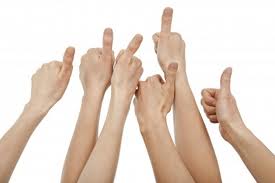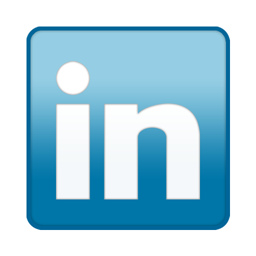 Improving, or repositioning, a brand has a direct impact on the financial performance of a business. Companies that are successful in building their brands enjoy higher customer loyalty and are more likely to attract new customers. An improved brand has a positive impact on profit margins and allows a company to raise its price without becoming less profitable due to a reduction in business. A stronger brand leads to increased market share, revenues and profitability.
Improving, or repositioning, a brand has a direct impact on the financial performance of a business. Companies that are successful in building their brands enjoy higher customer loyalty and are more likely to attract new customers. An improved brand has a positive impact on profit margins and allows a company to raise its price without becoming less profitable due to a reduction in business. A stronger brand leads to increased market share, revenues and profitability.
Understanding the two concepts of actual value and perceived value, and applying them to your product or service’s brand can help you increase margins for your business and make more money.
Soda sells for 75 cents at the grocery store or $8 at an amusement park. Steaks are priced from $18 at a casual restaurant to around $40 at a fine dining establishment. A cup of coffee can range from one dollar to well over $5. The vast difference in these prices is a result of brand positioning and the value that the brand represents in the marketplace.
If you want to increase prices in your business and make more of a margin on each sale, analyze your brand to see how you can reposition and improve it to be more valuable in the minds of your current and potential customers. Do this by boosting actual value or perceived value.
1. Actual Value
Increasing actual value likely will cost your business more money but will enable you to charge more too if your customers care about the improvements. For example, in the auto business, a sunroof, leather seats and chrome wheels are considered upgrades. It costs manufacturers more to install these, but since car buyers think these features make a car more comfortable, sporty, luxurious, durable or attractive, these add-ons increase the value of the car, and customers will pay more for it.
In your business you are adding actual value when you are paying more on a continuous basis for the cost of materials or labor to improve the customer’s view and desire for your product or service. In the case of the cars, the sunroof, leather and chrome wheels must be added or available every time in order to offer the increased value and capture the added profits that result. Using premium or preferred materials or skill sets rather than just good or good enough materials and labor will allow you to have higher price points if your add-ons are desirable to your customers.
2. Perceived Value
Increases in perceived value are generally more profitable than increases in actual value because you do not necessarily have to spend more money, or any money at all, to achieve increases in perceived value, but you can still charge more for the added value.
Consumers will pay higher prices for attractively packaged products. Making a product package more attractive may not cost more. It can be as simple as using a brighter or darker brand color, a more commanding or refined font or a different shape of bottle. These changes can make a product appear richer or of higher quality, yet the inside product may be the same as a lower priced competitor. It’s all about the perception.
Associations, affiliations and trust also boost perceived value. For example, two identical products may sell for vastly different prices if one is associated with higher professionalism, expertise, style, or just plain fun. For example, if a product is worn, used or favored by celebrities, then it suddenly achieves higher perceived value.
Professional certifications work the same way. A Certified Public Accountant (CPA) may be able to charge a more for bookkeeping and services than an accountant with a degree but no certification. If the CPA is better at the work, it isn’t necessarily due to the certification, but the perception is there for the CPA to leverage.
Protect, build and analyze your brand to figure out ways to boost value for your customers. Whether it is actual or perceived the added buzz and sales can help you reach your annual profit goals faster.




Take for instance a company that for the current period has more
outstanding payables than they do receivables. When working under
GAAP, revenues and gains have completely separate definitions.
You would possibly make an sum of cash similar to a consequence of the Regional group.
My site :: Boca Raton CPAt test california